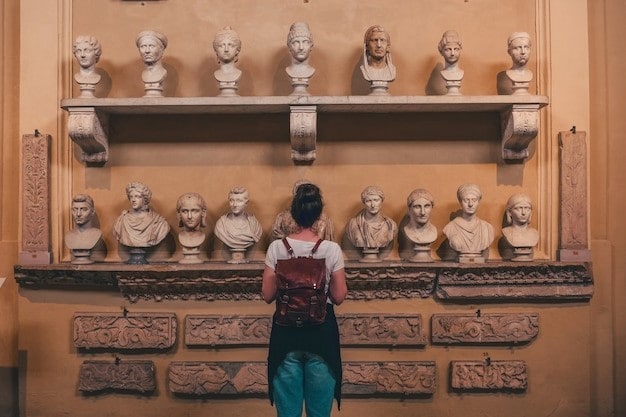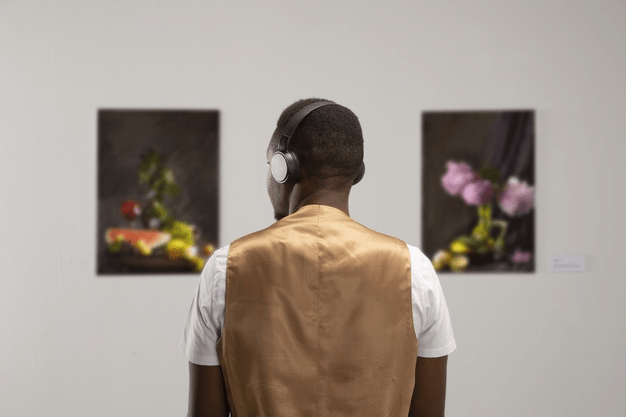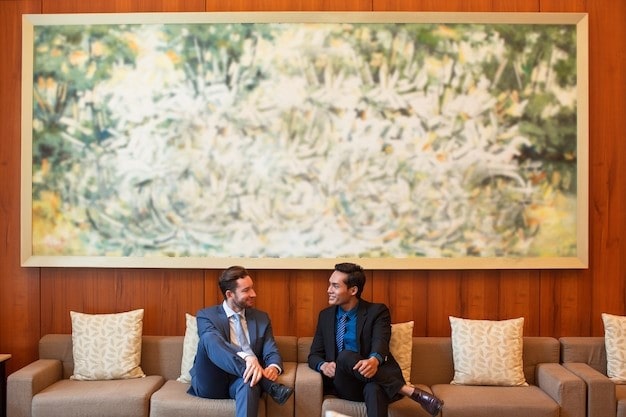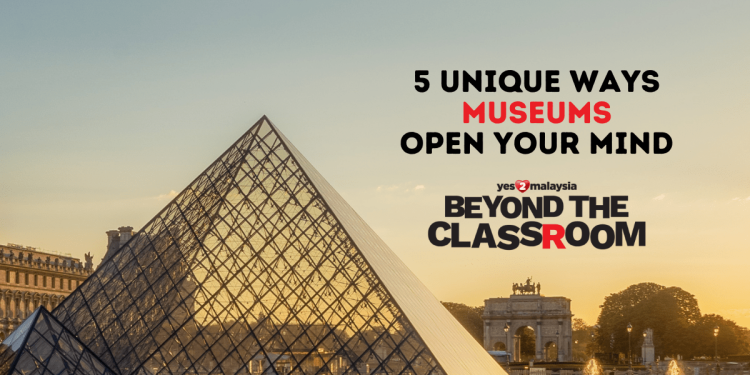More or less, we have all visited museums in our life, mostly in our childhood or teens. Sometimes, it’s also a curriculum in our schools or colleges. However, have you ever sat back and noticed how much museums really teach you beyond the classroom? It really heightens your sense of touch, feel and sight while embedding valuable insights.
1. Makes classroom subjects come alive


Museums make your school subjects come alive outside the classroom! Whether it’s learning about the history of art or examining the intricacies of biology, a museum can provide the perfect setting to bridge the gap between textbook knowledge and the real world.
See how the artwork of the Renaissance was inspired by the politics of the age or how the human form has evolved over time. By experiencing the material first-hand, learning in a museum opens up a world of possibilities.
2. Enhance your sensory literacy


When you go to museums, there’s a sense of calm and quite. You can take the time to observe and appreciate the smell, texture and feel of the objects and learn to observe the details that can often be overlooked.
Touching a sculpture or a fossil, smelling the spices of a new culture, or feeling the fabric of a time long gone are experiences beyond any classroom can provide. By engaging all of your senses, you can gain a greater understanding of the world around you.
3. Enable authentic use of language in a real setting


Have you ever thought about how museums offer an opportunity to use language in a real setting? They design an atmosphere for learning about the language of art or the language of music of different eras.
You can use the objects and artefacts to build your own understanding of these subjects. With the help of a museum guide, you can even gain a greater appreciation for the language used to describe and classify the items and begin to understand the meaning behind the words.
4. Make careful, critical observations


While your teachers train you to think and reflect on your own, museums allow you to apply that learning beyond the classroom. They also offer you a scope to identify the different elements of each object and gain a better understanding of how they were created and why.
Next time you visit a museum, take full advantage of it by observing the details of the architecture or the intricacies of the artwork and exhibits. Make connections between the items and their cultural and historical context to discover new insights.
5. Express your opinion freely


Finally, museums are excellent mediums to express your opinion freely. Different art forms or stories might have different narratives, and you have the full liberty to interpret them. You can debate the merits of different works of art or discuss the impact of a particular historical event.
With the help of the museum staff, you can gain a greater understanding of how to form and articulate your opinion and learn how to use evidence to back up your point. By learning to express yourself freely, you can gain a greater appreciation for different opinions and perspectives.
Sound interesting, right? Next time you visit the museum, maximise these points to enhance your learning further beyond the classroom.




























Discussion about this post